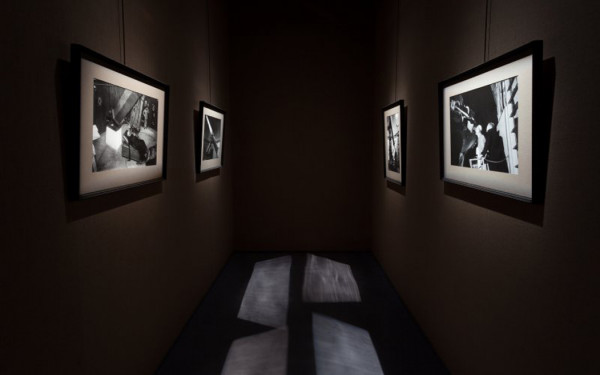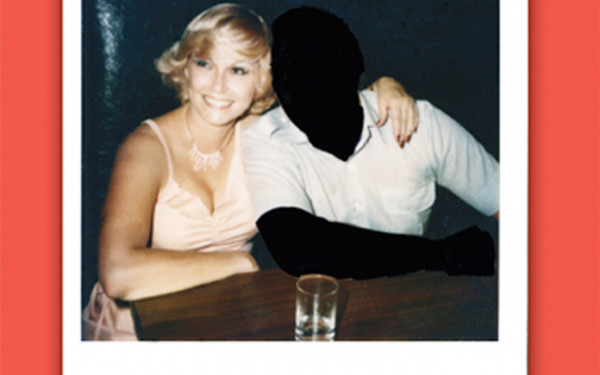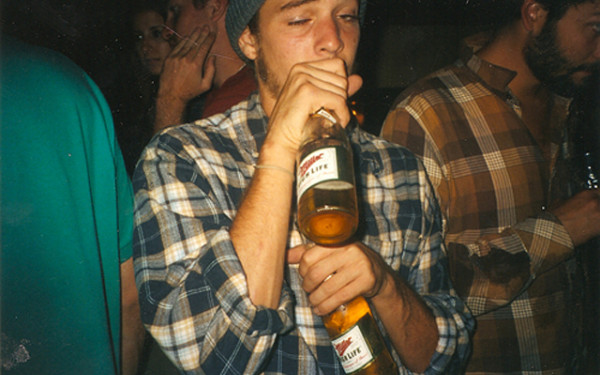For the Last and First Time : Sophie Calle @ MAC
Themes of perception, sight and voyeurism have been at the centre of Sophie Calle’s work ever since her 1979 photographic series Suite Venetienne, where she disguised herself to follow a man and document his walks around the city of Venice. Much like a detective, she can establish an intimacy with her subjects through close, attentive observation.
The same process is visible in the exhibition For the Last and First Time, on display at the Musée d’Art Contemporain de Montréal (MAC) until May 10. The exhibition is made up of two closely related projects: The Last Image (2010) and Voir la Mer (2011).
Calle doesn’t only choose the image as her medium, but as the subject matter of her exploration. Her description of the The Last Image is concise and unsentimental, granting the spectators only the necessary coordinates to approach the work.
For The Last Image, Calle writes: “I went to Istanbul. I spoke to blind people, most of whom had lost their sight suddenly. I asked them to describe the last thing they saw.” Thirteen subjects are portrayed, each accompanied by a short text in which they describe the last glimpse of the world they caught before going blind, and by a photograph reproducing the last image.
What proves most striking is the poetic quality that emerges from some of the quotidian, unexceptional descriptions of the blind. Most of them remember simple, small things. Images that, had they not subsequently lost their sight, would carry no significance in their memory.
A man who woke up one morning to find out his sight was suddenly gone remembers having dinner, playing with his kids, going to bed and finally turning off the lights. The artist quotes one of her subjects saying, “It was an ordinary evening,” he remembers. “I didn’t know that I’d lose my eyesight, I didn’t pay attention to things.”
Calle matches his portrait with a photograph of the lamp on the ceiling of his bedroom. Voir la mer, a series of short digital films, also deals with a sudden change in our perception of the world. But, while the blind people of The Last Image had to face an unexpected and dramatic deprivation, the subjects of Voir la mer are presented with a new, overwhelming sight: the sea.The artist meets residents of Istanbul and films them on the beach, as they silently contemplate the waves and endless stretch of water for the first time.
The choice to set the project in Istanbul stands out immediately, as the city is built on the Bosphorus strait, surrounded by the waters of the Sea of Marmara and of the Black Sea. The viewer is led to wonder as to what might have kept these people confined in the corners of the city where the view of the sea is not accessible. The artist omits any information about the people she films, allowing room for speculation while, at the same time, shifting the attention to the present and elevating them simply as human beings.
Her interest is to create a bond of intimacy with each of these strangers. But she refuses to indulge in the sensational or in pure voyeurism; the subjects are filmed from behind, leaving the unique and somewhat sacred quality of the moment intact. Only after a few minutes do they turn to the camera, to share their response to the experience with the spectator.
For some, like a group of children, the encounter with the sea represents an initiation, met with playful curiosity. For others, like an old man with tearful eyes, it becomes a moment of recollection that can cast a new light on the entire life that preceded it.
It is not a coincidence that, along with Sophie Calle’s For the Last and First Time, the MAC is hosting an exhibition called Metamorphology, which was created by Simon Startling, an artist who, exhibit curator Lesley Johnstone says, is interested in “the materials and tools of his trade […] as well as the economies of production, reproduction and circulation of resources, energies, images and matter.” Much like Startling’s materials, Sophie Calle’s subjects undergo an irreversible transformation—a metamorphosis.

_600_832_s.png)



2_600_375_90_s_c1.jpg)
